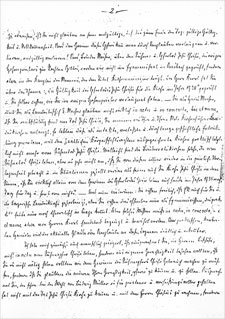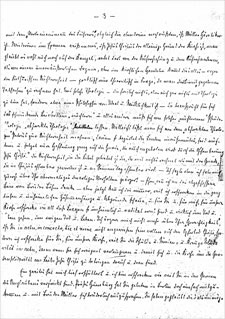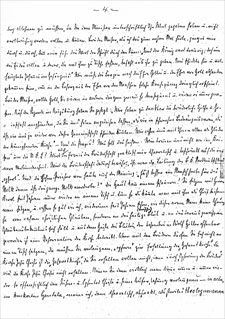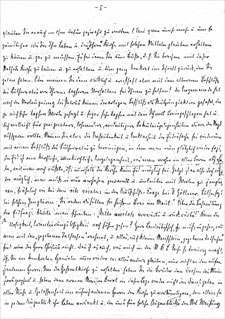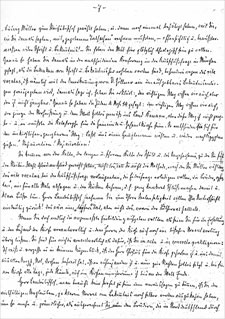“Indictment” of Meiser
The outbreak of war was expected imminently in September of 1938 because of the so-called Sudeten Crisis. The supreme governing body of the Confessing Church’s Council of Brethren-wing, the 2nd Provisional Church Government issued a prayer liturgy on the occasion of the danger of impending war, which Karl Steinbauer had helped draft, and which was supposed to be used in worship services on September 30, 1938.
Personal failures were given expression, God’s assistance was awaited and a hope for peace was formulated in this liturgy, which was not read at worship services after all because the Munich Agreement had averted war at the last minute. The Nazi state nevertheless reacted with a strong attack on the Confessing Church and accused it of treason and sabotage.
On October 29, 1938, the Reich Ministry of Church Affairs ordered a pay stoppage against the members of the 2nd Provisional Church Government. That same day, Reich Minister of Church Affairs Hanns Kerrl (1887–1941) summoned the bishops of the regional churches of Bavaria, Hannover, Württemberg and Baden to a meeting and demanded that they distance themselves from the members of the 2nd Provisional Church Government as traitors. Bavarian Regional Bishop Hans Meiser (1881–1956) demanded to speak with the accused at first. Kerrl forbade this, however, and announced that the members of the 2nd Provisional Church Government would be taken to a concentration camp. Under pressure from the minister, the bishops ultimately signed a slightly watered-down statement:
We declare that, for religious and patriotic reasons, we disapprove of the circular concerning the holding of prayer services on the occasion of the danger of impending war issued by the “Provisional Government” on September 27, 1938 and oppose it for our churches. We condemn the views expressed in it in strongest terms and disassociate ourselves from the figures responsible for this communiqué (K. Meier, Kirchenkampf 3, 57). Intent on capitalizing on the statement eccelsio-politically, the Reich Minister of Church Affairs had it published, thus making it widely known.
The statement lastingly deepened the already extant rift between the Lutheran bishops of the intact regional churches and the Councils of Brethren in the destroyed regional churches. The Councils of Brethren considered it to be a betrayal of the Confessing Church. The bishops came under great pressure to justify their actions. The governing body of the Confessing Church’s episcopal wing, the Luther Council, which had explicitly expressed its gratitude to the bishops in November of 1938 for their courageous action taken in a most difficult situation, was also unable to reestablish their credibility (K. Meier, Kirchenkampf 3, 60).
Regional Bishop Meiser was also criticized sharply. A parishioner in Munich accused him of having stabbed the brethren in the destroyed regional churches in the back. Karl Steinbauer was once again the one from the ranks of Bavarian pastors to attack Meiser especially strongly. His letter of December 19, 1938 was an outright “indictment” in which he accused Meiser of being deeply entangled in the snares of unbelief. He additionally reproached Meiser with the individual stages of his wrongful conduct: electing German Christian Ludwig Müller desired by Hitler Reich Bishop in 1933, consenting to the church committees installed by the Reich Minister of Church Affairs in 1935, demanding pastors’ oath of loyalty to Hitler in 1938 and, finally, betraying the members of the 2nd Provisional Church Government.
Source / title
- © Private collection of Elisabeth Giesen, née Steinbauer, Cologne


